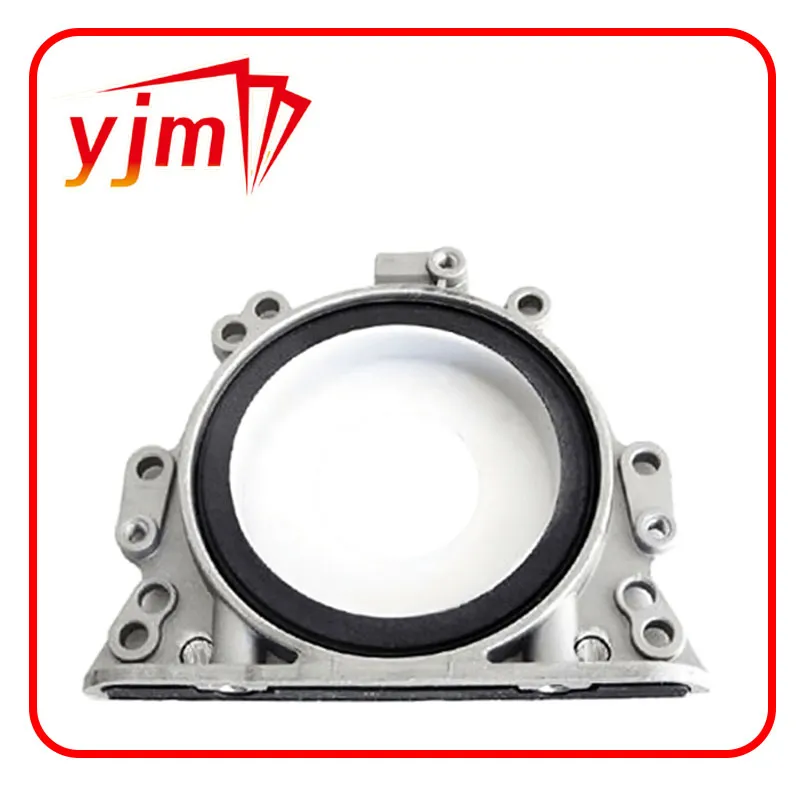LS1 Engine Sump Gasket Replacement Guide for Optimal Performance and Sealing
Understanding LS1 Sump Gaskets Importance, Types, and Installation
The LS1 engine, renowned for its performance and reliability, has gained immense popularity among car enthusiasts and builders. Whether in sports cars, trucks, or custom builds, the LS1’s capabilities are complemented by proper maintenance and high-quality components. One crucial yet often overlooked component is the sump gasket, often referred to as the oil pan gasket. In this article, we will delve into the importance of the LS1 sump gasket, explore the different types available, and provide insights on installation.
Importance of the Sump Gasket
The sump gasket is an essential part of the engine’s oil containment system. Its primary role is to create a seal between the oil pan and the engine block, preventing oil leaks. This seal is vital for maintaining the engine’s oil pressure, ensuring that all moving parts are adequately lubricated. Without a functional sump gasket, engine oil can seep out, leading to low oil levels, which can cause severe engine damage over time.
A compromised gasket can also lead to cross-contamination of the engine oil with external contaminates, which can degrade the oil quality and harm engine performance. Regular inspection and replacement of the sump gasket are therefore critical for the longevity and efficiency of an LS1 engine.
Types of LS1 Sump Gaskets
When considering an LS1 sump gasket, there are several types to choose from, each with its own advantages and disadvantages. The most common materials used for sump gaskets include
1. Rubber Gaskets These are among the most popular options due to their flexibility and ease of installation. Rubber gaskets provide a good seal and can withstand a range of temperatures. However, they may not be as durable as other materials, leading to a shorter lifespan under extreme conditions.
2. Silicone Gaskets Silicone gaskets are known for their superior sealing capabilities. They can accommodate greater movement and expansion than rubber gaskets, making them ideal for high-performance applications. However, silicone gaskets often require a more meticulous installation process and curing time.
3. Cork Gaskets Cork gaskets are a traditional choice, offering good sealing properties and resistance to oil. However, they can easily compress and degrade over time, especially in high-temperature environments. This makes them less favorable compared to newer materials.
ls1 sump gasket

4. Composite Gaskets These gaskets combine materials, using layers of different components to optimize performance. They often include a combination of rubber and fibers, providing an excellent seal while maintaining strength and durability. Composite gaskets are increasingly popular in performance-built LS1 engines.
Installation Tips
Proper installation of the sump gasket is critical in ensuring its longevity and effectiveness. Here are some tips for correctly installing an LS1 sump gasket
1. Cleaning Before installation, it is essential to thoroughly clean both the oil pan and the engine block surfaces. Remove any old gasket material and debris to ensure a flat, smooth surface for the new gasket.
2. Choosing the Right Gasket Ensure you select the appropriate gasket type based on your engine’s specifications and usage. For example, high-performance applications may benefit from silicone or composite gaskets.
3. Sealant Application While many gaskets are designed to be installed dry, some may require a specific sealant. Follow manufacturer recommendations regarding the use of sealants to avoid any leaks.
4. Torque Specifications When reattaching the oil pan, adhere to the manufacturer’s torque specifications. Over-tightening can lead to gasket failure, while under-tightening can cause leaks.
5. Allow Time to Set If using a cured sealant, allow the gasket to set as per the manufacturer’s instructions before filling the engine with oil or running the engine.
Conclusion
In summary, the sump gasket is a small yet vital component of the LS1 engine that can significantly impact its performance and reliability. Understanding the types of gaskets available and ensuring proper installation will help maximize the engine's lifespan and functionality. Regular maintenance and timely replacement of the sump gasket can prevent costly repairs and keep your LS1 engine running at its best. Whether you’re a seasoned mechanic or a DIY enthusiast, paying attention to these details will contribute to the success of your engine project.
-
The Ultimate Guide to Boat Propeller Bearings and Trailer Wheel Bearings
News Jul.31,2025
-
The Essential Guide to Marine Bearings and Boat Trailer Wheel Bearings
News Jul.31,2025
-
The Complete Guide to Heavy Duty Seals: Protecting Doors and Spaces Efficiently
News Jul.31,2025
-
Essential Guide to Marine Shaft Bearings and Boat Trailer Axle Bearings
News Jul.31,2025
-
Comprehensive Guide to Marine and Trailer Bearings for Safe Boating and Transport
News Jul.31,2025
-
Comprehensive Guide to Automotive Oil Seals: Protecting Your Engine and Shafts
News Jul.31,2025
-
Understanding Automotive Oil Seals: Essential Components for Engine and Shaft Protection
News Jul.30,2025
Products categories















